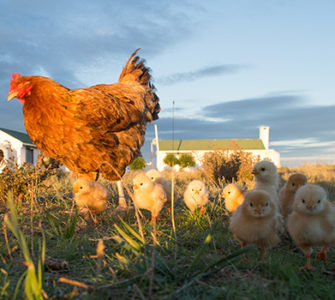Urban chicken movement requires legislators to learn chicken basics
Legislators need to know some basics about raising chickens in response to an upsurge in the “urban chicken” trend, Nat Tablante, DVM, told Poultry Health Today.
Raising chickens in urban areas generally requires approval from a city or local government or sometimes a housing association. “That’s why legislators need to know the facts about raising chickens,” said Tablante, an extension poultry veterinarian at the Virginia-Maryland College of Veterinary Medicine and president of the American Association of Avian Pathologists.
Urban chickens are an extension of the urban farming movement that has gained popularity nationwide. In response to the trend, several cities have recently voted to allow backyard chickens — among them are Ft. Collins, Colorado, and Ann Arbor, Michigan, according to the Worldwatch Institute.1
Poultry and public health issues
Tablante pointed out the presence of chickens in urban areas involves poultry health and public health issues. A common disease in backyard chickens, he said, is Mycoplasma. Chickens can also carry diseases that could ultimately pose a risk to people, such as Salmonella or avian influenza. They generate waste, and roosters can be noisy — which is why roosters are banned by many city governments.
The best source of information for urbanites who want to raise chickens is the cooperative extension service agents who can provide information on poultry health and address public health concerns.
Tablante declined to say whether he thinks the urban chicken movement is a positive trend or not. “I’m not going to say it’s good or bad. It all depends on who you’re talking to. There are advantages and disadvantages and risks as well as rewards.”
His main concern is that some people don’t know what they’re getting into. They are lured by the idea of having fresh eggs for breakfast gathered from the backyard — but don’t realize all the care it takes to keep chickens healthy. That includes providing good food, good housing, a lot of water, biosecurity and basic sanitation requirements, protection from predators, protection from wild birds that can spread disease, and essential vaccinations.
As far as advising lawmakers, Tablante said he sticks to science and aims to “get the facts straight.”
Fortunately, the urban chicken
movement poses minimal risks to commercial flocks since they are geographically
located well away from urban areas.
1. US City Dwellers Flock to Raising Chickens. Worldwatch Institute. December 17, 2018. Accessed Jan. 29, 2019.
Posted on April 4, 2019
















